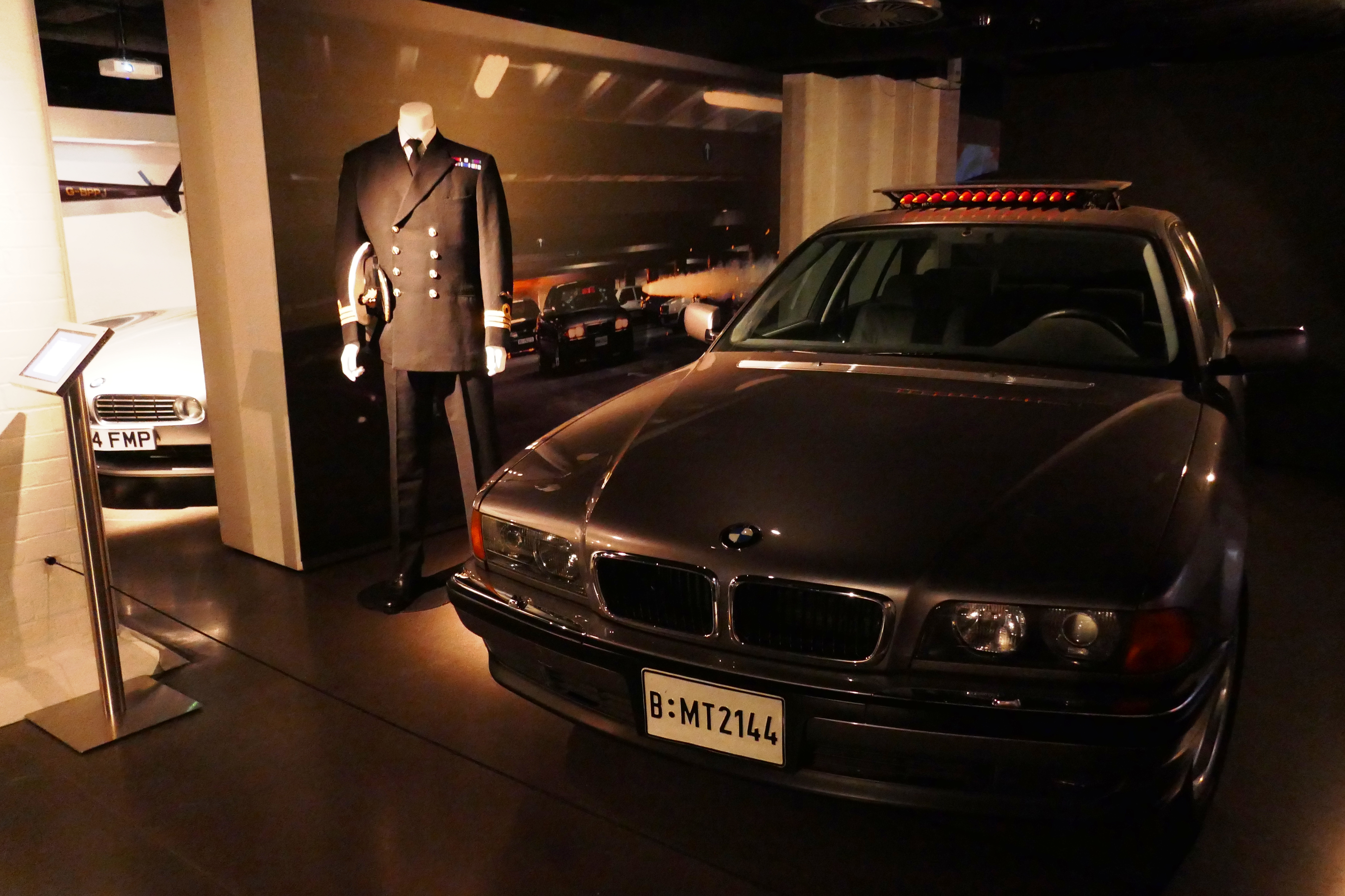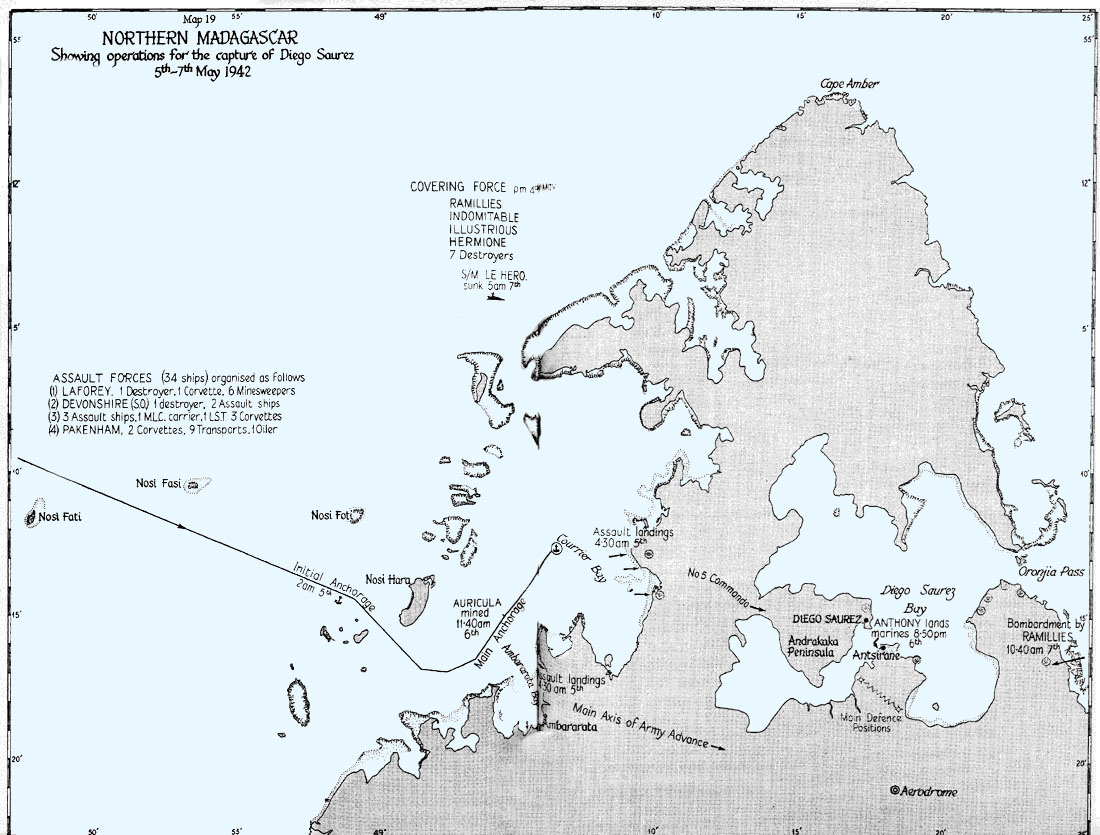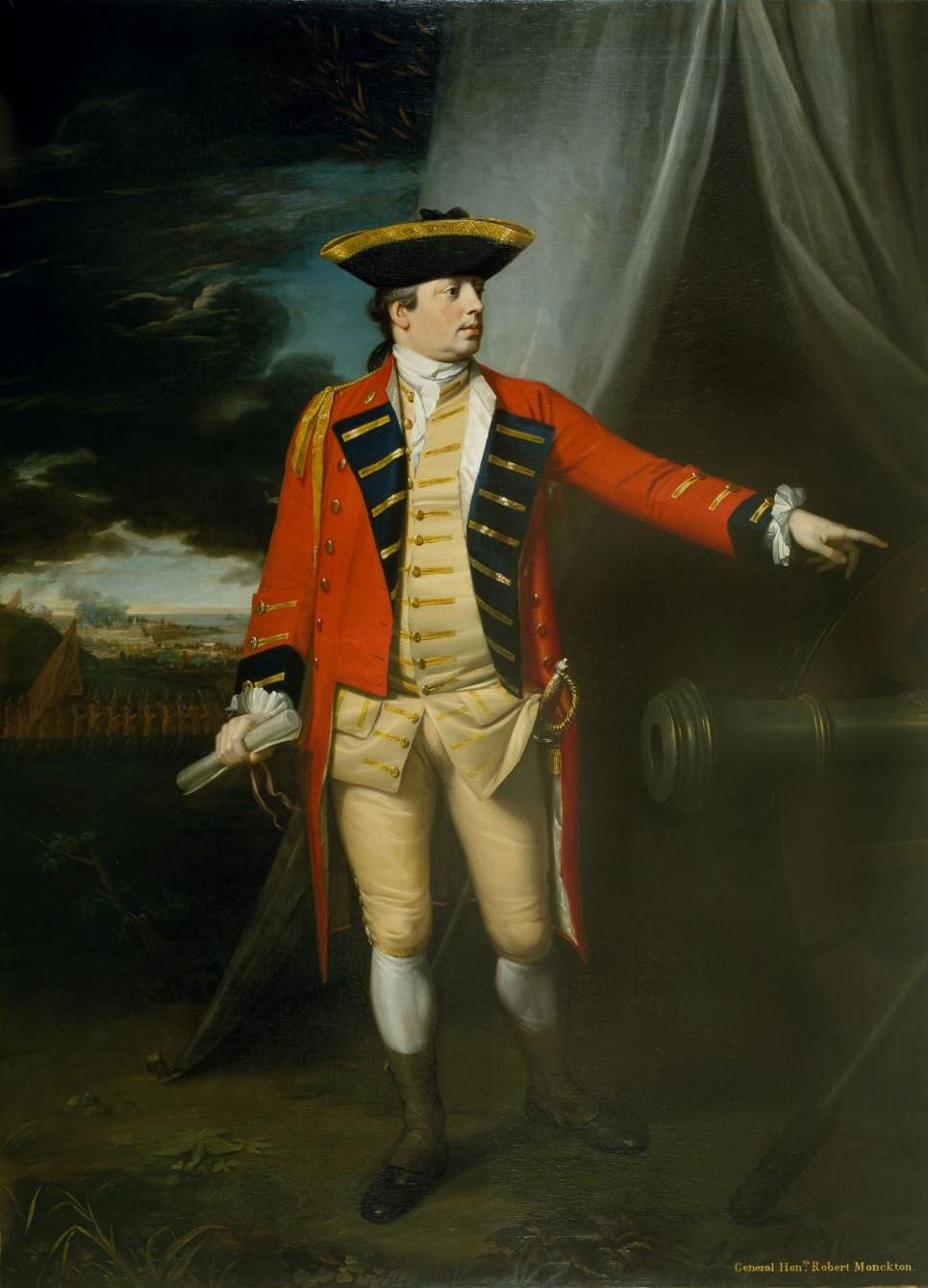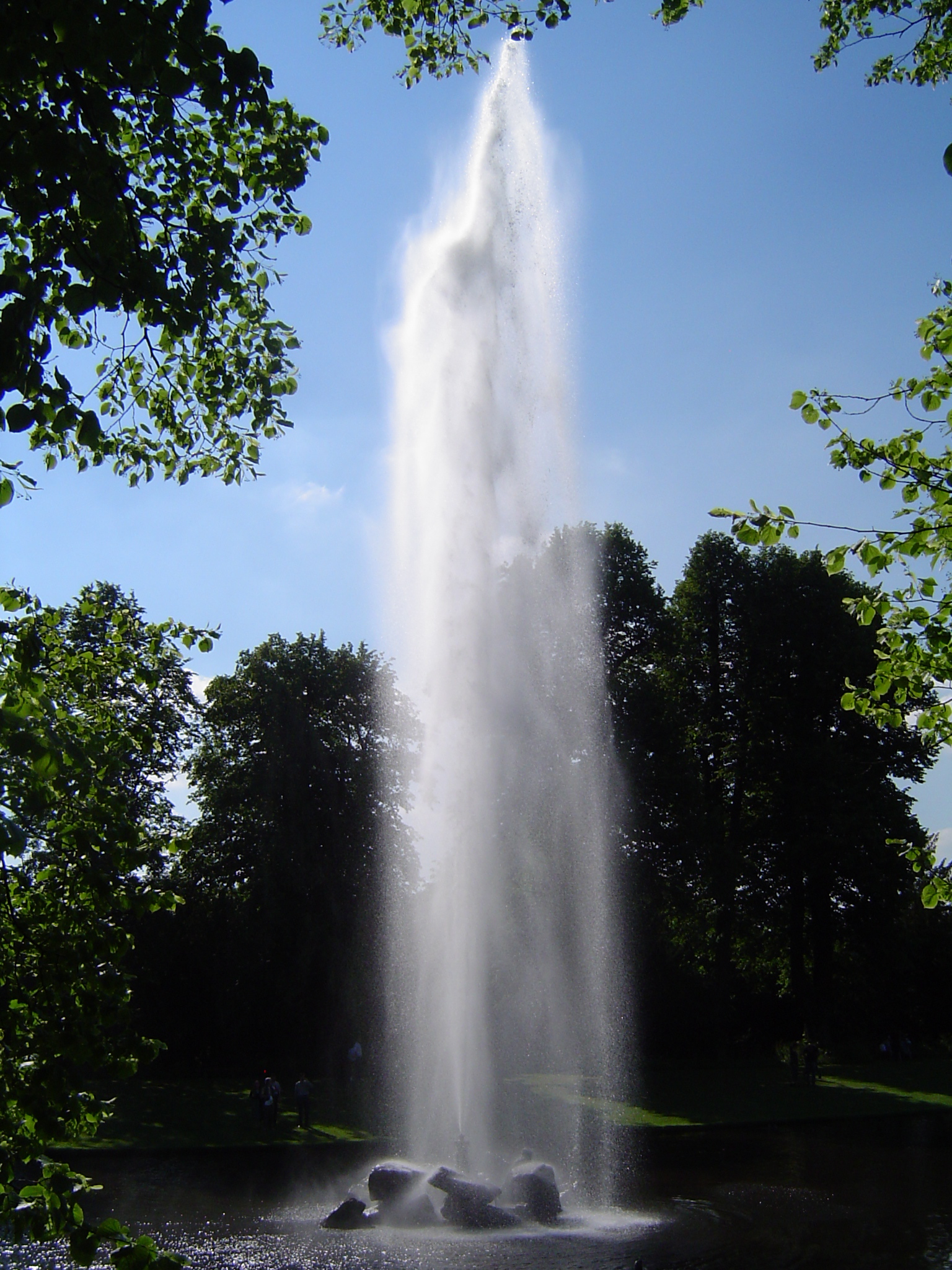|
HMS Devonshire
Eight ships of the Royal Navy have been named HMS ''Devonshire'', originally in honour of William Cavendish, 1st Duke of Devonshire, and later after the county of Devonshire (now called Devon). * was an 80-gun third rate launched in 1692 and blown up in action with the French in 1707 at the Battle at the Lizard. * was an 80-gun third rate, launched in 1710, hulked in 1740, and sold in 1760. * was a 74-gun third rate launched in 1745 and broken up in 1772. * was a fire ship purchased in 1804 and expended on 3 October of that year at Boulogne-sur-Mer. * was a 74-gun third rate launched in 1812, on harbour service from 1849, and broken up in 1869. * was a armoured cruiser launched in 1904 and sold in 1921. * was a heavy cruiser launched in 1927, converted to a training ship in 1947, and sold in 1954. * was a guided missile destroyer launched in 1960 and sunk as a target in 1984. Battle honours Ships named ''Devonshire'' have earned the following battle honours: * Barfleur ... [...More Info...] [...Related Items...] OR: [Wikipedia] [Google] [Baidu] |
Royal Navy
The Royal Navy (RN) is the United Kingdom's naval warfare force. Although warships were used by English and Scottish kings from the early medieval period, the first major maritime engagements were fought in the Hundred Years' War against France. The modern Royal Navy traces its origins to the early 16th century; the oldest of the UK's armed services, it is consequently known as the Senior Service. From the middle decades of the 17th century, and through the 18th century, the Royal Navy vied with the Dutch Navy and later with the French Navy for maritime supremacy. From the mid 18th century, it was the world's most powerful navy until the Second World War. The Royal Navy played a key part in establishing and defending the British Empire, and four Imperial fortress colonies and a string of imperial bases and coaling stations secured the Royal Navy's ability to assert naval superiority globally. Owing to this historical prominence, it is common, even among non-Britons, to ref ... [...More Info...] [...Related Items...] OR: [Wikipedia] [Google] [Baidu] |
Second Battle Of Cape Finisterre (1747)
The second battle of Cape Finisterre was a naval encounter fought during the War of the Austrian Succession on 25 October 1747 (N.S.). A British fleet of fourteen ships of the line commanded by Rear-Admiral Edward Hawke intercepted a French convoy of 250 merchant ships, sailing from the Basque Roads in western France to the West Indies and protected by eight ships of the line commanded by Vice Admiral Henri-François des Herbiers. When the two forces sighted each other, Herbiers ordered the merchant ships to scatter, formed his warships into a line of battle and attempted to draw the British warships towards him. In this he was successful, the British advanced on the French warships, enveloped the rear of the French line and brought superior numbers to bear on the French vessels one at a time. Six French warships were captured, along with 4,000 of their seamen. Of the 250 merchant ships, only seven were captured. The British victory isolated the French colonies from supply ... [...More Info...] [...Related Items...] OR: [Wikipedia] [Google] [Baidu] |
Tomorrow Never Dies
''Tomorrow Never Dies'' is a 1997 spy film, the eighteenth in the ''James Bond'' series produced by Eon Productions and the second to star Pierce Brosnan as fictional MI6 agent James Bond. Directed by Roger Spottiswoode from a screenplay by Bruce Feirstein, it follows Bond as he attempts to stop Elliot Carver (Jonathan Pryce), a power-mad media mogul, from engineering world events to initiate World War III. The film was produced by Michael G. Wilson and Barbara Broccoli, and was the first Bond film made after the death of producer Albert R. Broccoli (to whom it pays tribute in the end credits), and the last released under the United Artists label. Filming locations included France, Thailand, Germany, Mexico and the United Kingdom. ''Tomorrow Never Dies'' performed well at the box office, grossing over $333 million worldwide, becoming the fourth-highest-grossing film of 1997 and earning a Golden Globe nomination despite mixed reviews. While its performance at the U.S. box of ... [...More Info...] [...Related Items...] OR: [Wikipedia] [Google] [Baidu] |
James Bond
The ''James Bond'' series focuses on a fictional British Secret Service agent created in 1953 by writer Ian Fleming, who featured him in twelve novels and two short-story collections. Since Fleming's death in 1964, eight other authors have written authorised Bond novels or novelisations: Kingsley Amis, Christopher Wood, John Gardner, Raymond Benson, Sebastian Faulks, Jeffery Deaver, William Boyd, and Anthony Horowitz. The latest novel is ''With a Mind to Kill'' by Anthony Horowitz, published in May 2022. Additionally Charlie Higson wrote a series on a young James Bond, and Kate Westbrook wrote three novels based on the diaries of a recurring series character, Moneypenny. The character—also known by the code number 007 (pronounced "double-oh-seven")—has also been adapted for television, radio, comic strip, video games and film. The films are one of the longest continually running film series and have grossed over US$7.04 billion in total at the box office ... [...More Info...] [...Related Items...] OR: [Wikipedia] [Google] [Baidu] |
Battle Of Madagascar
The Battle of Madagascar (5 May – 6 November 1942) was a British campaign to capture the Vichy French-controlled island Madagascar during World War II. The seizure of the island by the British was to deny Madagascar's ports to the Imperial Japanese Navy and to prevent the loss or impairment of the Allied shipping routes to India, Australia and Southeast Asia. It began with Operation Ironclad, the seizure of the port of Diego-Suarez (now Antsiranana) near the northern tip of the island, on 5 May 1942. A subsequent campaign to secure the entire island, Operation Stream Line Jane, was opened on 10 September. The Allies broke into the interior, linking up with forces on the coast and secured the island by the end of October. Fighting ceased and an armistice was granted on 6 November. This was the first large-scale operation by the Allies combining sea, land and air forces. The island was placed under Free French control.Rigge p. 100 Background Geopolitical Diego-Suarez is a l ... [...More Info...] [...Related Items...] OR: [Wikipedia] [Google] [Baidu] |
Arctic Naval Operations Of World War II
The Arctic Circle defining the "midnight sun" encompasses the Atlantic Ocean from the northern edge of Iceland to the Bering Strait in the Pacific Ocean. Military activity in this area between 1939 and 1945 is often consideredRear Admiral Samuel Eliot Morison's definitive ''History of United States Naval Operations in World War II'' includes operations from the north pole southward in the first volume entitled ''The Battle of the Atlantic''. Eligibility for the United States European–African–Middle Eastern Campaign Medal was defined by Executive Order 9265 to include military service aboard a ship operating in the north polar region eastward from the 75th meridian west longitude to the 60th meridian east longitude. part of the Battle of the Atlantic or of the European Theatre of World War II. Pre-war navigation focused on fishing and the international ore-trade from Narvik and Petsamo. Soviet settlements along the coast and rivers of the Barents Sea and Kara Sea relied upo ... [...More Info...] [...Related Items...] OR: [Wikipedia] [Google] [Baidu] |
Siege Of Havana
The siege of Havana was a successful British siege against Spanish-ruled Havana that lasted from March to August 1762, as part of the Seven Years' War. After Spain abandoned its former policy of neutrality by signing the family compact with France, resulting in a British declaration of war on Spain in January 1762, the British government decided to mount an attack on the important Spanish fortress and naval base of Havana, with the intention of weakening the Spanish presence in the Caribbean and improving the security of its own North American colonies. A strong British naval force consisting of squadrons from Britain and the West Indies, and the military force of British and American troops it convoyed, were able to approach Havana from a direction that neither the Spanish governor nor the Admiral expected and were able to trap the Spanish fleet in the Havana harbour and land its troops with relatively little resistance. The Spanish authorities decided on a strategy of del ... [...More Info...] [...Related Items...] OR: [Wikipedia] [Google] [Baidu] |
Invasion Of Martinique (1762)
The British expedition against Martinique was a military action that took place in January and February 1762. It was part of the Seven Years' War. Background After the surrender of Dominica to a British expeditionary force, the French in Martinique fully expected the same expedition to head into their direction. Accordingly, they took measures for their defense. The French force in Martinique consisted of 1,200 regulars, 7,000 local militia and 4,000 hired privateersmen. Furthermore, the mountainous nature of the island made it rather easy to defend. The neighbouring British islands did what they could to help the mother-country: * Antigua sent blacks and part of her old garrison, the 38th Regiment of Foot, which had not left her since Queen Anne's day; * Barbados raised 500 black and 500 white men, which were the more acceptable since that island was the rendezvous for the expedition. The first troops to arrive in Carlisle Bay were a detachment from Belle-Isle, Newfoundlan ... [...More Info...] [...Related Items...] OR: [Wikipedia] [Google] [Baidu] |
Siege Of Louisbourg (1758)
The siege of Louisbourg was a pivotal operation of the Seven Years' War (known in the United States as the French and Indian War) in 1758 that ended the French colonial era in Atlantic Canada and led to the subsequent British campaign to capture Quebec in 1759 and the remainder of French North America the following year. Background The British government realized that with the Fortress of Louisbourg under French control, the Royal Navy could not sail up the St. Lawrence River unmolested for an attack on Quebec. After an expedition against Louisbourg in 1757 led by Lord Loudon was turned back due to a strong French naval deployment, the British under the leadership of William Pitt resolved to try again with new commanders. Pitt assigned the task of capturing the fortress to Major General Jeffery Amherst. Amherst's brigadiers were Charles Lawrence, James Wolfe and Edward Whitmore, and command of naval operations was assigned to Admiral Edward Boscawen. The chief engineer w ... [...More Info...] [...Related Items...] OR: [Wikipedia] [Google] [Baidu] |
First Battle Of Cape Finisterre (1747)
The First Battle of Cape Finisterre (14 May 1747in the Julian calendar then in use in Britain this was 3 May 1747) was waged during the War of the Austrian Succession. It refers to the attack by 14 British ships of the line under Admiral George Anson against a French 30-ship convoy commanded by Admiral de la Jonquière. The French were attempting to protect their merchant ships by using warships with them. The British captured 4 ships of the line, 2 frigates, and 7 merchantmen, in a five-hour battle in the Atlantic Ocean off Cape Finisterre in northwest Spain. One French frigate, one French East India Company warship, and the other merchantmen escaped. Events Prelude France needed to keep shipping lanes open in order to maintain her overseas empire. To this end she assembled merchantmen into convoys protected by warships. Anson on and Rear-Admiral Sir Peter Warren on had sailed from Plymouth on 9 April to intercept French shipping. When a large convoy was sighted, Anson m ... [...More Info...] [...Related Items...] OR: [Wikipedia] [Google] [Baidu] |
William Cavendish, 1st Duke Of Devonshire
William Cavendish, 1st Duke of Devonshire, (25 January 164018 August 1707) was an English soldier, nobleman, and Whig politician who sat in the House of Commons from 1661 to 1684 when he inherited his father's peerage as Earl of Devonshire. He was part of the "Immortal Seven" group that invited William III, Prince of Orange to depose James II of England as monarch during the Glorious Revolution, and was rewarded with the elevation to Duke of Devonshire in 1694. Life Cavendish was the son of William Cavendish, 3rd Earl of Devonshire, and his wife Lady Elizabeth Cecil. After completing his education he made the customary tour of Europe, and then in 1661, he was elected Member of Parliament for Derbyshire in the Cavalier Parliament. He was a Whig under Charles II of England and James II of England and was leader of the anti-court and anti-Catholic party in the House of Commons, where he served as Lord Cavendish. In 1678 he was one of the committee appointed to draw up articl ... [...More Info...] [...Related Items...] OR: [Wikipedia] [Google] [Baidu] |









